IMFs Game
In the Intermolecular Forces (IMFs) game, players use single atoms or build molecules of target polarities to create IMFs.
Watch this clip from our Intermolecular Forces game webinar to see the IMFs game in action! Or you can view the full webinar here.
Core levels

Players receive live polarity feedback as they build polar and non-polar molecules.
Players explore how molecular polarity can influence the type of intermolecular force (London Dispersion Forces, dipole-dipole interactions, and hydrogen bonding) that forms between atoms or molecules.

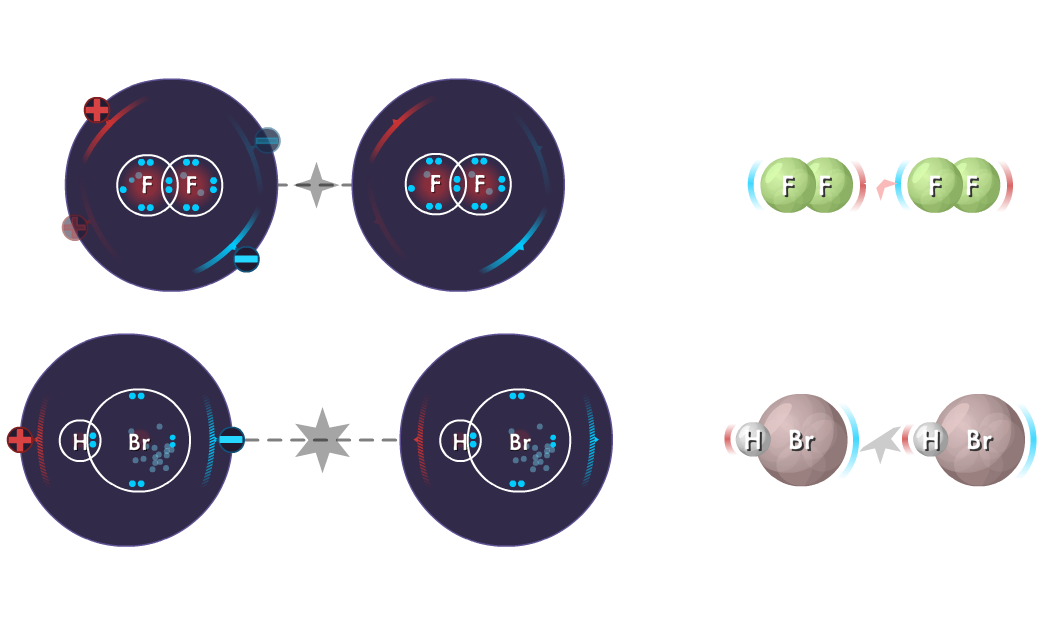

Players can compare the strengths of different types of intermolecular forces.
Connected levels
Covalent Bonding and IMFs
In these connected levels, there are molecules missing from the bank. Players must return to the Covalent Bonding game to build the missing molecules that they need in order to hit the target polarities and form the correct IMFs in the Intermolecular Forces game.
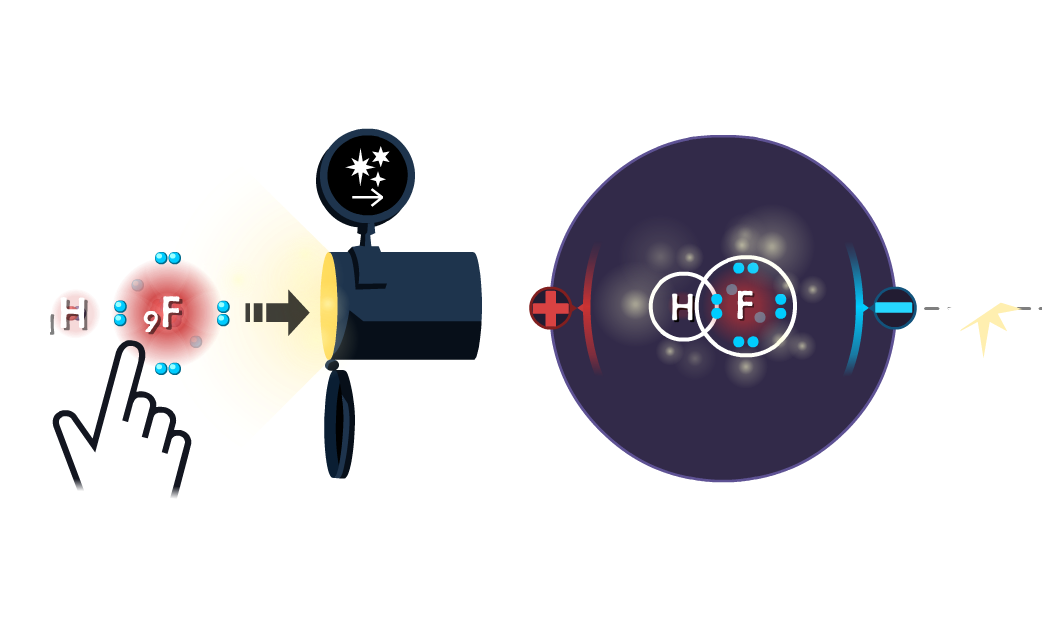 In the Covalent Bonding game, players build and send molecules of specific polarity through the pipe to form the IMF targets in the Intermolecular Forces game.
In the Covalent Bonding game, players build and send molecules of specific polarity through the pipe to form the IMF targets in the Intermolecular Forces game.
 In the Covalent Bonding game, players build and send molecules of specific polarity through the pipe to form the IMF targets in the Intermolecular Forces game.
In the Covalent Bonding game, players build and send molecules of specific polarity through the pipe to form the IMF targets in the Intermolecular Forces game.
Atoms and IMFs
In these connected levels, there are atoms missing from the bank. Players must return to the Atoms game to build the missing atoms that they need in order to create the target IMFs in the Intermolecular Forces game.
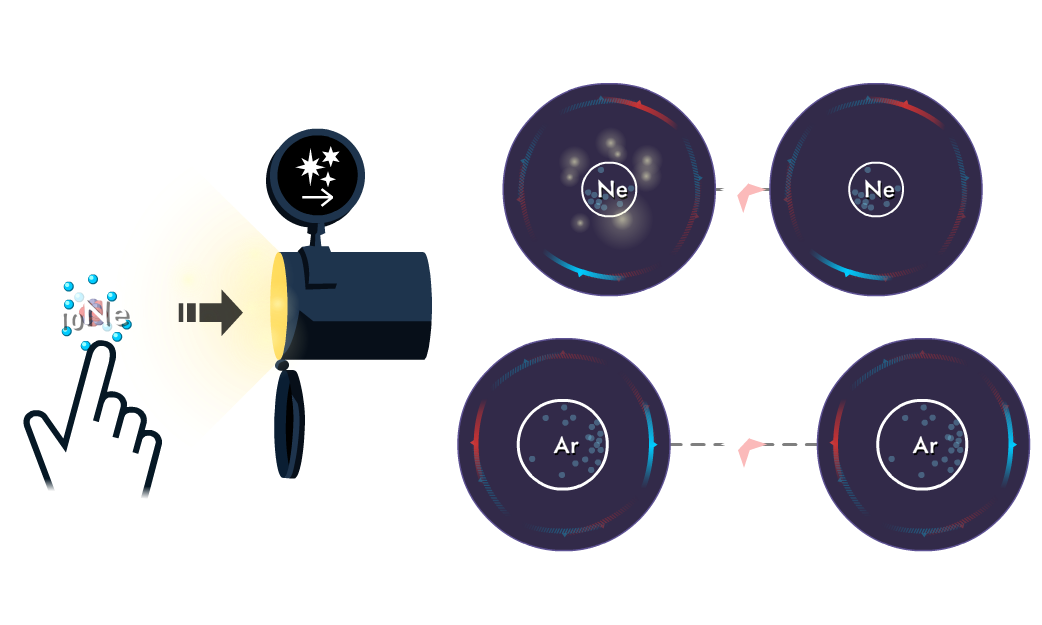 Players can build atoms of specific sizes in the Atoms game, send these atoms through the pipe, and use these atoms to form IMFs of the correct strength in the Intermolecular Forces game.
Players can build atoms of specific sizes in the Atoms game, send these atoms through the pipe, and use these atoms to form IMFs of the correct strength in the Intermolecular Forces game.
 Players can build atoms of specific sizes in the Atoms game, send these atoms through the pipe, and use these atoms to form IMFs of the correct strength in the Intermolecular Forces game.
Players can build atoms of specific sizes in the Atoms game, send these atoms through the pipe, and use these atoms to form IMFs of the correct strength in the Intermolecular Forces game.
Sandbox
The IMFs Sandbox is an open-ended and exploratory environment designed for students to freely explore molecular polarity and intermolecular forces. Complement your instruction by designing your own Sandbox activities and encourage your students to earn the built-in Achievements that focus on a specific topic within Intermolecular Forces (i.e. polar vs. non-polar molecules, LDFs, dipole-dipole interactions, hydrogen bonding).
